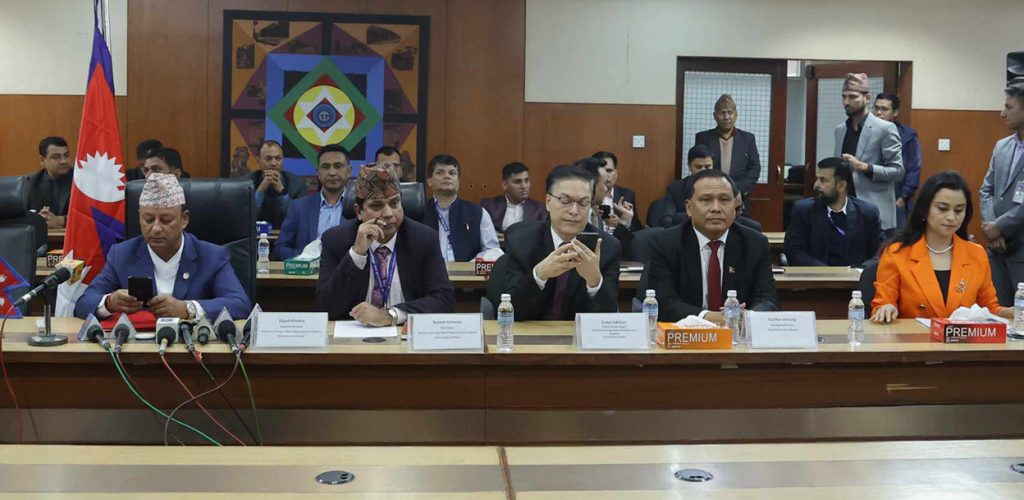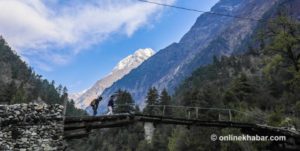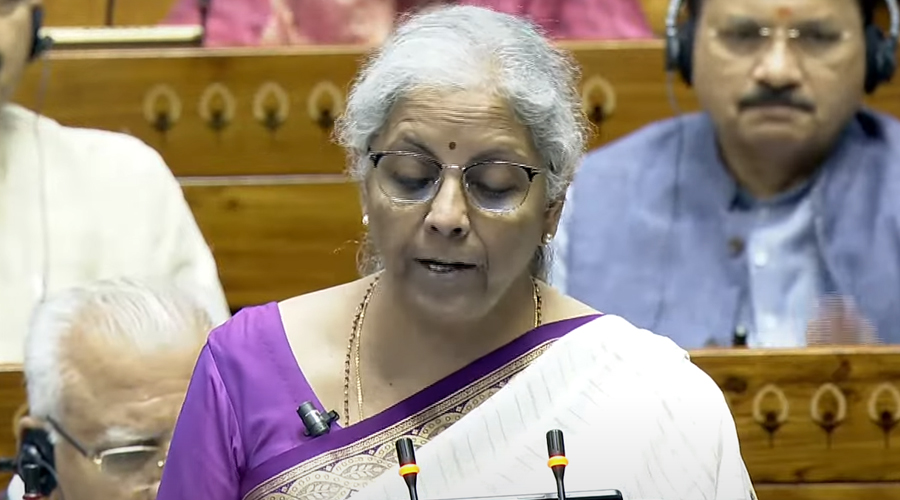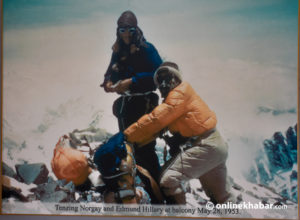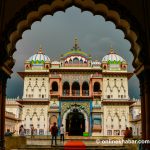
For the next week and a half, until August 10, the Jor Bagh Metro station in New Delhi will feature a large poster, comprising 12 photographs and some text on the lives of the people that guard India’s flora and fauna. September 31, 2018 will mark a year since the ‘Ranger, Ranger’ project started, based on a Pulitzer Travelling Fellowship that Sonali Prasad received. These stories span the range from constipated rhinos to pilfered geckos, from the deserts of north-western India to the tropical jungles of the northeast.
Prasad spoke to thethirdpole.net about the project, the ideas behind it, and where it is headed.
Omair Ahmad (OA): How did this project come about?
Sonali Prasad (SP): I had finished my Masters at Columbia University and was working as an investigative reporter for them. Then I read a statistic in the International Rangers Federation newsletter that the mortality rate of Indian rangers was, in 2014, the highest in the world. I could guess why that was – such as a lack of resources, no visible public identity (for example park rangers in the US are lauded figures and well recognised, in India we don’t even know who they are) or a lack of training – but I wanted to explore this closely. It was for this idea that I received the fellowship.

SP: I wanted to travel through India’s green corridors, and I wanted the pieces to be witness accounts of the people living there. These people know how the land has changed, and the rangers and forest guards are often from communities that reside in these areas. They may not have taken detailed notes, but in hindsight they can see how the forests have been encroached upon, how things have changed, both due to climatic factors and human intervention.
OA: What is the duration of the project?
SP: The fellowship was awarded in 2016, but the project only started in August 2017. The duration is for 18 months, but we may try to extend that. There are many partnerships [Mukha Media has collaborated with Prasad in creating the ‘Ranger, Ranger’ web magazine, and WWF-India is the partner that has helped set up the exhibition in the Metro station] where institutions or people have helped. I do not draw my salary from the fellowship, and rely on my writing from places like Washington Post or Earth Journalism Network. The focus is on logistics, getting the right photographers, who are largely people from the places I want to document. For example I have had photographers who cover anything from fashion to ice hockey work with me, and they bring their own sensibility to the work.
For a web-based magazine a visual identity is very important. It propels the story, brings the reader into the place.
OA: Is the ranger area a male bastion?

OA: What have you found most satisfying, and the most challenging?
SP: I love field reporting, and in this assignment I get to stay with the people I report with for long stretches of time. On the story with Sukhpali we stayed in the open desert along with her. This gives us a chance to live their lives, and to document their stories at a very human level. In terms of challenge, the issue was access. The rangers and guards are very anxious about how they will be portrayed. For that I needed to convince them that I was pursuing true journalism. I wouldn’t hide problems, but I was not there for hype. I have had no problems with sharing stories after publication. And the data is all over the place, so a lot of fact checking needed to be done. For this I was thankful for my experience in US newsrooms, which do intensive checks.
OA: And the challenges for the guards and rangers?

OA: How important are the communities that live in the reserves and national parks in the work that rangers do?
SP: Very important. It is one of the key challenges for these places, where there is confusion as to whether the place is a jungle or inhabited land, since different rules apply. This sometimes leads to conflict, but also these are the very communities that come to the aid of rangers in the case of a fire or other problem, because these are the only people there.

SP: Goa. There is a story I want to cover on flora, about a guard watching over mushrooms. These are the types of stories that I think we need out there, because no one covers the story of a guard protecting mushrooms.
The article was first published on The Third Pole. Read the original article.




